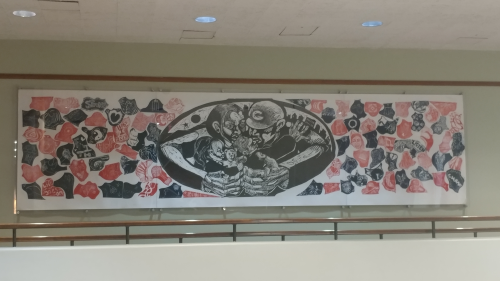Perspective and Position: The Connotation of The World
There are two essential parts of perspective: the position and placement of what we see and the interpretation of what we see—the two parts work together and it is often the case that people manipulate the placement in their work in order to produce an audience interpretation within the range of their desire. In order to create a specific impression for their audience who will be experiencing, artists and individuals take extreme care in their choice of placement in their work or in themselves.
This manipulation with perspective is commonly observed in visual art; a visual artist has complete control of the placement on their canvas, which displays a single moment—this depiction of a single moment is different than the series of moments that happen in our real lives and cannot be revisited in real time, making art an excellent example of perspective and manipulation. With the manipulation of placement in a composition, an artist hopes to create their desired impressions and general interpretation of the piece upon the audience. Art compositions are often described as something that will push people to think beyond the artist’s intentions and discern their own interpretation, but the artist’s intention also holds significant weight. This importance of intention is supported by the artist Steve Prince’s work, both through his enjoyment of listening to our class interpretations of his work and his confirmation of certain meanings and intentions behind his work. Continue reading “Final Reflection Essay INTD 288 – Perspective and Position”

